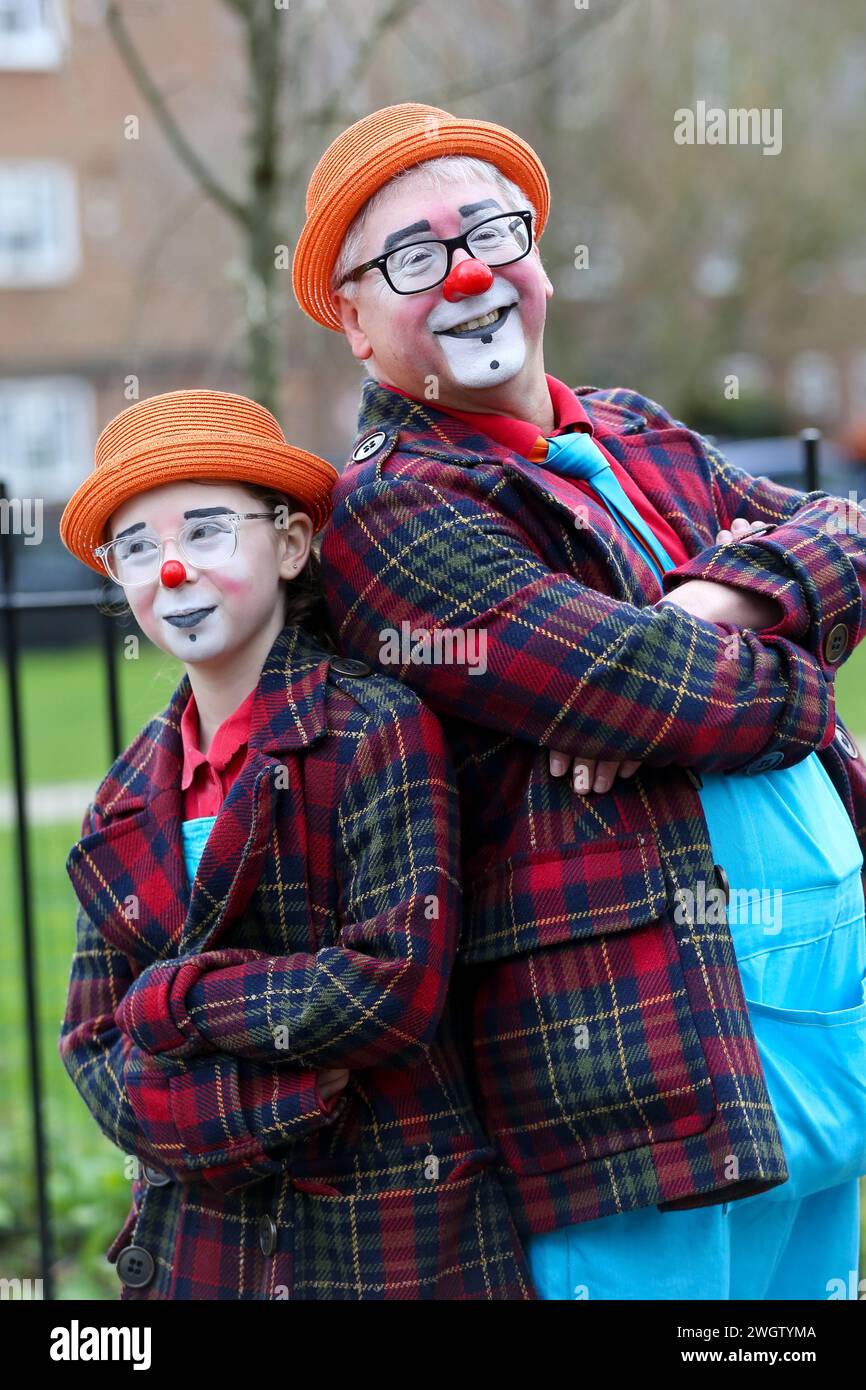All Occasion Performers - The Facts
All Occasion Performers - The Facts
Blog Article
Not known Facts About All Occasion Performers
Table of ContentsNot known Incorrect Statements About All Occasion Performers Some Known Questions About All Occasion Performers.Not known Details About All Occasion Performers An Unbiased View of All Occasion PerformersNot known Incorrect Statements About All Occasion Performers
Political cartoonist Thomas Nast based his illustrations of Uncle Sam on Rice and his costume. Dan Rice was an established animal fitness instructor. He focused on pigs and burros, which he educated and sold to other clowns. He additionally provided a show an experienced rhinoceros and is the only person in circus history to provide a tightrope walking elephant.He was likewise a philanthropist that gave kindly to several charities and he put up the very first monolith to soldiers killed throughout the Civil War - Corporate events near me. Origins of the Auguste characterThere is a commonly informed tale about the origins of the Auguste clown. According to the legend, an American acrobat called Tom Belling was doing with a circus in Germany in 1869
Belling took off running, ending up in the circus arena where he dropped over the ringcurb. In his humiliation and haste to leave, he dropped over the ringcurb once again on his method out. The manager commanded that Belling continue appearing as the Auguste.
The Basic Principles Of All Occasion Performers
For one point, words Auguste did not exist in the German language up until after the character came to be prominent. One of the theories of the real beginning is that Belling copied the personality from the R'izhii (Red Haired) clowns he saw when he visited Russia with a circus (https://allmyfaves.com/all0ccperf0rm?tab=Todd%20Burton). Personalities like the auguste certainly existed formerly

The dance later on ended up being called tap dancing. It should be kept in mind that there are alternate 'beginnings' for the tramp character"one of which was the traveling "hoe kids," or travelling ranch workers, who rode the rails from one town to another, cleaning the soot far from their eyes & mouth.
Everything about All Occasion Performers
Note that the scare wig, overstated lips and eyes, large garments and props of the American clown, props such a sparkling water, packed clubs, blowing up stogies, and whistles filled up with residue, are not Grimaldi's. They come from Tambo and Bones. The English blackface comedian Charles Mathews pertained to America in 1822 to do and studied black life and customs.
In such plays there is a combination of personalities consisting of "kings" and "saints", cross-dressing, and blackface functions; the faces of Morris (or "Moorish") professional dancers were additionally blackened. A lot of were performed by bad men in the starving time after Christmas.
If refuted, they would certainly rake the offender's yard. The Derby Play of the Tup was carried out for food and beer by out of work young people. This usage of blackface for political activity disguised as enjoyment continued in America when the descendants of these guys smudged their faces to object tax obligations. One such demonstration has actually gotten in American history as the Boston Tea Event.
Our All Occasion Performers PDFs

While not the lavish events we consider today, some early, rougher forms of taking a trip circus were popular in America from Revolutionary times-- George Washington was a fan. Blackface clowns carried out in them from at least the 1810s and perhaps before; they were a staple by the 1820s. The vast red or white mouth repainted on by contemporary clowns is a residue of the blackface mask.
The blackface mask was a clown's disguise, overemphasizing the face features into a cartoon, a caricature. The blackface clown may be the forerunner of today's anodyne circus clown, but or else the two are as opposite as blackface and whiteface.
Rumored Buzz on All Occasion Performers
Who in nineteenth-century America was more of an Aside from the Negro? What far better mask than blackface? In many customs the clown would show some physical deformity, like a hunchback, dwarfism-- or like Jim Crow, lameness - Jugglers near me. And since he was different, an Others, the clown was allowed to state and do things no one else could.
Satire and parody were main to minstrelsy. It's interesting that in the West African cultures from which most slaves came, the poet-singer griot served the same ridiculing jester feature when the celebration occurred. That might have something to do with the curious (to us, recalling) simplicity with which Southern Blacks accepted not just the music however also Recommended Reading the undermining humor of minstrelsy.

Emmett Kelly was the finest known tramp clown with his personality "Weary Willie."Vagrant clowns are skilled: + jugglers + illusionists + pianists + chalk talk musician + cyclists.
Report this page